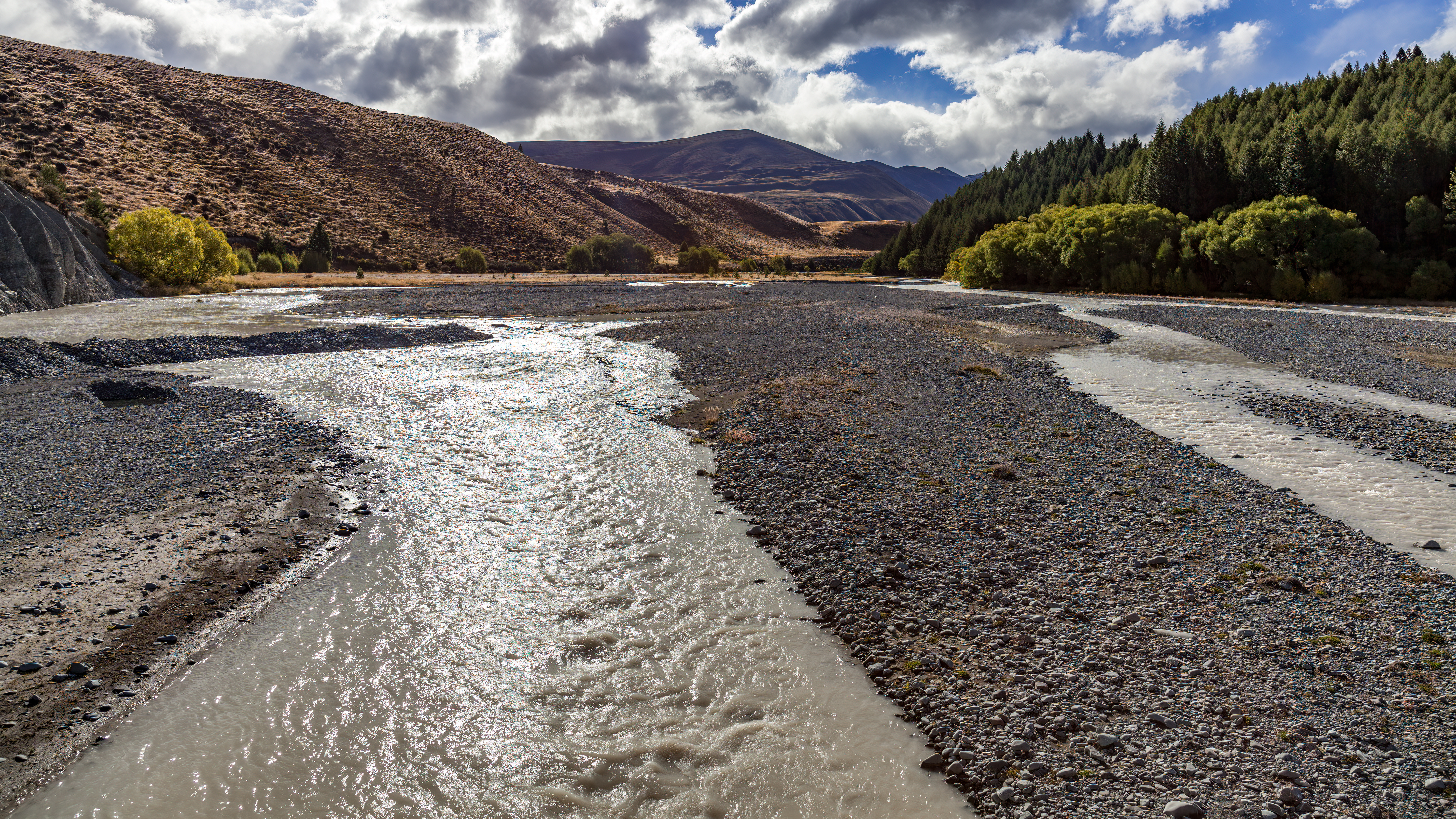At the Environment Canterbury meeting in Christchurch today, Councillors voted (13-3) in favour of the proposal, while in Dunedin, ORC Councillors voted (8-4) in favour.
ORC’s Chair Gretchen Robertson says the current regulatory framework is complex around the Waitaki River, with landowners having to work across two regional plans and regional policy statements and also further complexity through the Resource Management (Waitaki River) Amendment Act, which manages water quantity.
The river is the boundary between South Canterbury and North Otago.
“This proposal was an iwi led request to the respective Councils’ to consider a joined-up approach, with the desire to see the river managed holistically – from a ‘source to sea’ point of view as a guiding principle,” Cr Robertson says.
She highlighted today’s collective decision was a “first step” and that there would be “significant challenges” to work through for the outcome to materialise.
Shared management would be a collaborative effort which would provide for both Councils and iwi to be at the table, Cr Robertson says.
Ngā Rūnanga o Waitaki (Arowhenua, Waihao, Moeraki) and Te Rūnanga o Ngāi Tahu
Ngā Rūnanga o Waitaki (Arowhenua, Waihao and Moeraki) and Te Rūnanga o Ngāi Tahu believe a Waitaki Plan in partnership with councils will deliver far greater benefits for the environment, the community and mana whenua than following a standard approach.
Te Rūnanga o Ngāi Tahu Kaiwhakahaere and Te Rūnanga o Moeraki Chair Justin Tipa says the current management of the Waitaki catchment is flawed and unnecessarily complex.
“The splitting of the Waitaki catchment creates a disjointed regulatory environment undermining kaitiakitanga and the ability to give full effect to rangatiratanga.”
“We believe a river as significant as the Waitaki should not be split in this way – our aspiration is to have a single resource management plan for the whole of the Waitaki River catchment so that it can be managed holistically.”
Mr Tipa acknowledges that there are some uncertainties in the current legislation.
“With a strong, collaborative approach we believe these can be worked through and agreed upon.”
Environment Canterbury
Attribute, Environment Canterbury’s Chair Peter Scott.
“Planning for the Waitaki as a whole catchment does make sense and we are keen to look deeper into how that might work - there is certainly wide interest from iwi, communities and the organisations that interact with and value the awa.”
“Progressing this kaupapa will depend on what comes out of the scoping process, the engagement that follows if the scoping indicates we should take that step, and ultimately on gaining the support of the Minister and appropriate ministries,” Mr Scott says.
Background on the Waitaki River
The Waitaki River is a large braided (channelled) river running for about 209 kilometres draining from the Mackenzie Basin and entering the ocean between Timaru and Oamaru. It has the fourth largest flow of all New Zealand rivers.
Originating from the meltwaters that flow from Aoraki, the most sacred of Ngāi Tahu ancestors, the Waitaki awa is of paramount importance to Ngāi Tahu.
Historically the river supported substantial mahinga kai resources within the Waitaki and Te Manahuna (Mackenzie Basin) regions and drew Ngāi Tahu tūpuna to these areas on a seasonal basis.
Its tributaries were a central part of the network of ara tawhito used for mahinga kai journeys, and the rock art of wāhi tūpuna in North Otago provides an enduring tohu or marker of their travels.
Over the years, the re-shaping of the awa and the development of the whenua have had a devastating impact on mahinga kai and many wāhi tapu and wāhi taonga have been lost due to raised lake levels.
Today, the Waitaki river hosts three hydro-electric dams; Benmore, Aviemore and Waitaki. There are also a series of canals in the Upper Waitaki project, with five power stations. The Waitaki median flow at Kurow township in North Otago is 356 cubic metres per second. Recreationally, the river hosts fishing and numerous boating activities. For much of its length, farmers and other water users have resource consents to take water for irrigation.
JOINT MEDIA RELEASE
Canterbury Regional Council
Otago Regional Council
Te Rūnanga o Arowhenua
Te Rūnanga o Waihao
Te Rūnanga o Moeraki
Te Rūnanga o Ngāi Tahu

